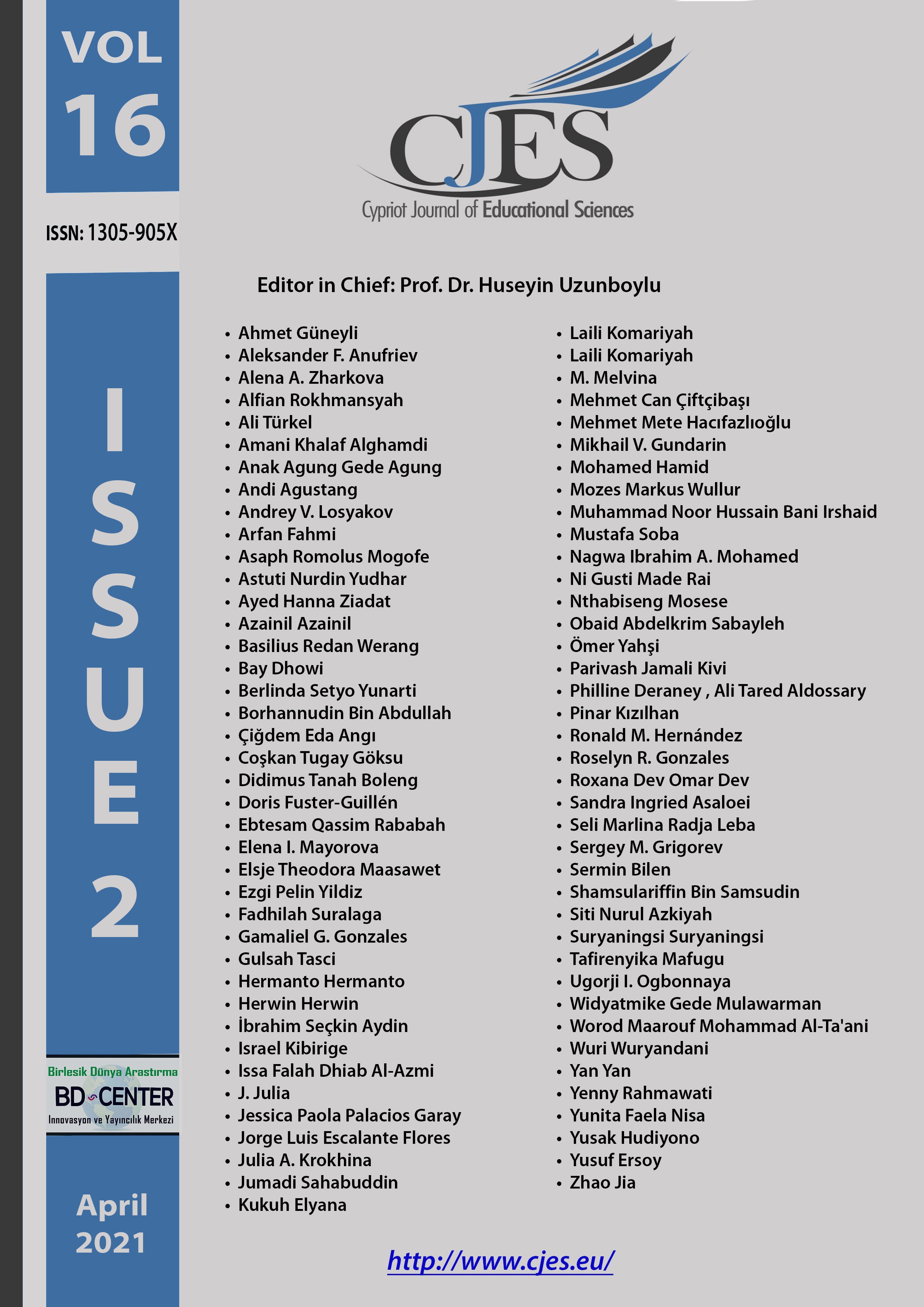Habituation of character values in junior high school students
Main Article Content
Abstract
The purpose of this study was to analyse the habituation of character education in students by paying attention to factors influencing them to deviate from character values. The study employed a mixed-method approach. The qualitative approach involved 28 participants (teachers and students). While in the quantitative study, 65 students were purposively selected as respondents. Qualitative data were analysed through some stages, including data presentation, data reduction, conclusion and verification, while the quantitative data was processed using linear regression statistics assisted by Statistical Package for the Social Sciences and STATA software to analyse the influences of variables identified from qualitative data collection and to measure how influential independent variables on dependent variables are. The findings show that the factor leading to the deviation of character values at school is the diversity of cultural backgrounds applied where students come from. Findings of the qualitative investigation show seven aspects influencing the character value deviation, including parents’ attention, socialisation, media, consumerism behaviour, self-actualisation, economic status and family harmony. While the quantitative stage found that among seven investigated variables, four of them were significantly influential (parents’ attention, socialisation, media and self-actualisation) and three others were not significantly influential (consumerism, economic status and family harmony) on the deviation of character values performed by students
Keywords: Character value deviation, educational value, habituation.
Downloads
Article Details

This work is licensed under a Creative Commons Attribution 4.0 International License.
Cypriot Journal of Educational Sciences is an Open Access Journal. The copyright holder is the author/s. Licensee Birlesik Dunya Yenilik Arastirma ve Yayincilik Merkezi, North Nicosia, Cyprus. All articles can be downloaded free of charge. Articles published in the Journal are Open-Access articles distributed under a CC-BY license [Attribution 4.0 International (CC BY 4.0)].
Birlesik Dunya Yenilik Arastirma ve Yayincilik Merkezi (BD-Center)is a gold open-access publisher. At the point of publication, all articles from our portfolio of journals are immediately and permanently accessible online free of charge. BD-Center articles are published under the CC-BY license [Attribution 4.0 International (CC BY 4.0)], which permits unrestricted use, distribution, and reproduction in any medium, provided the original authors and the source are credited.

